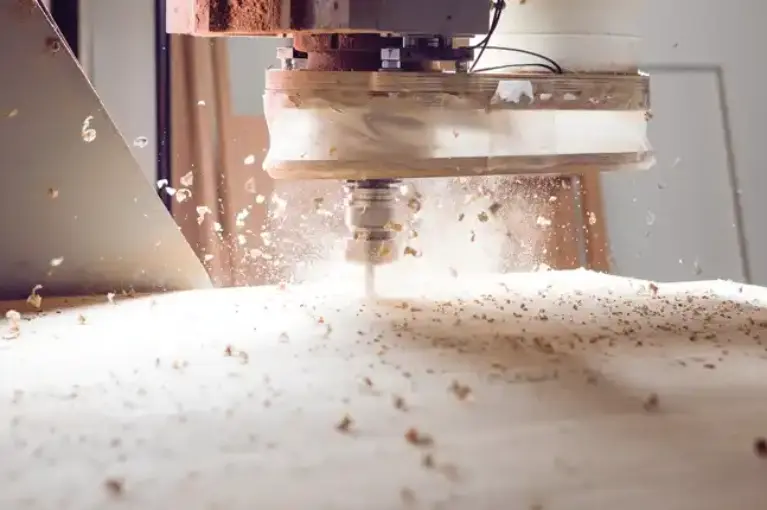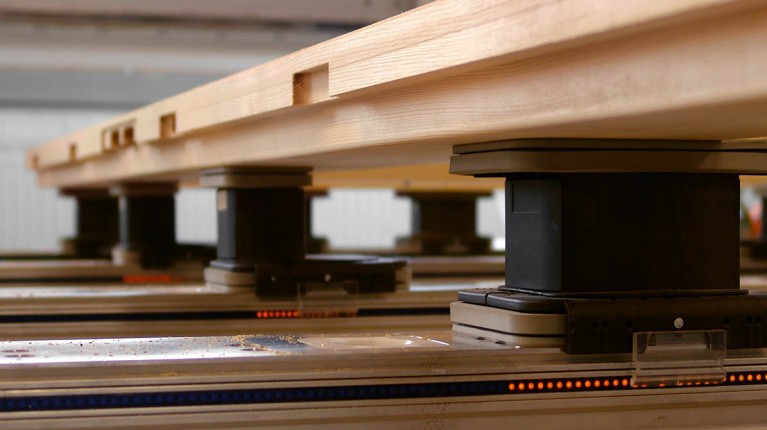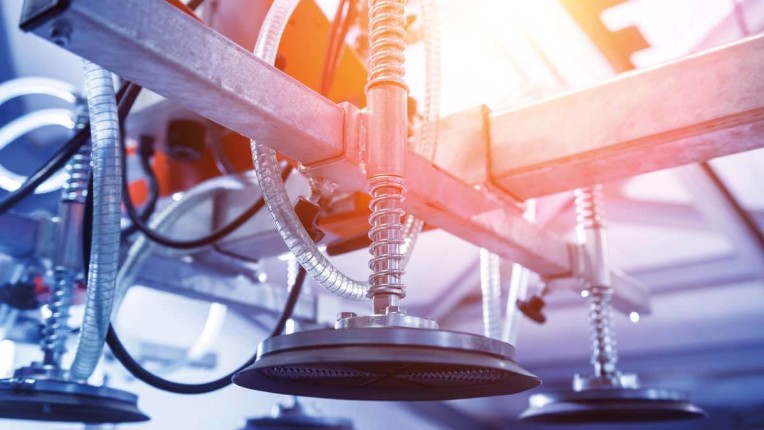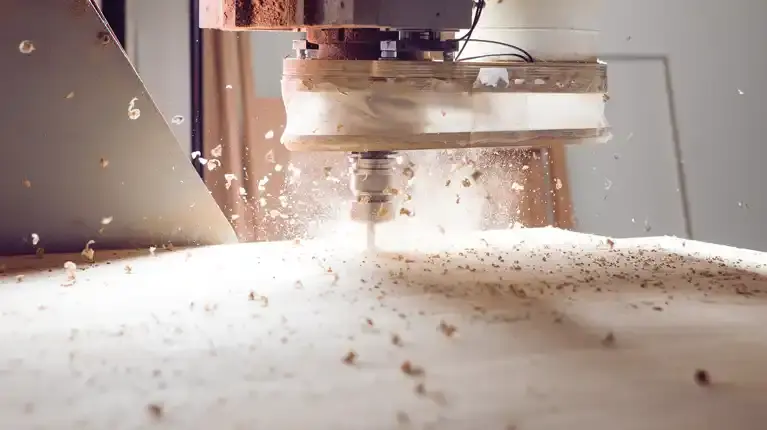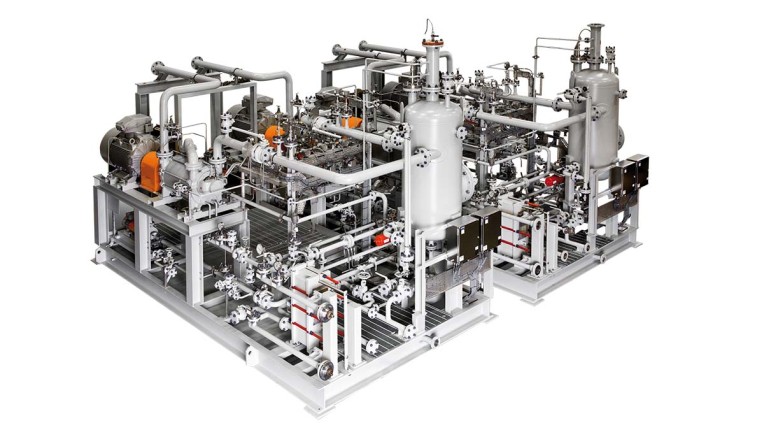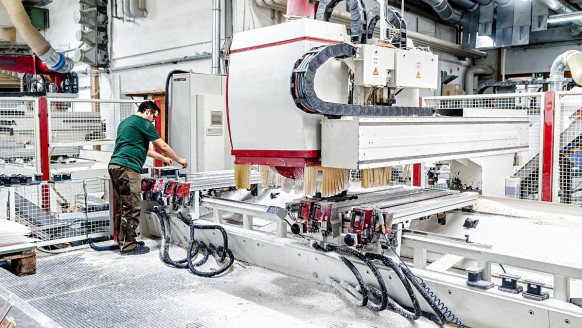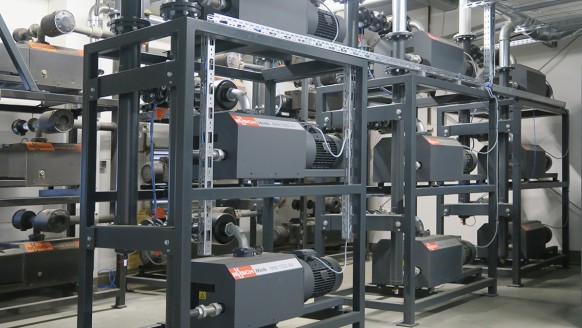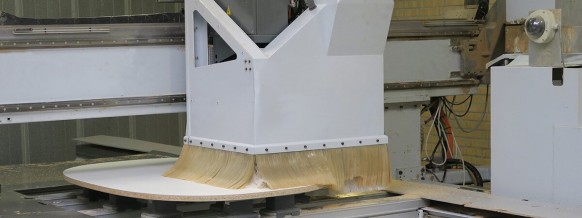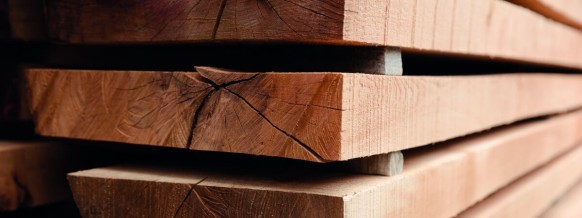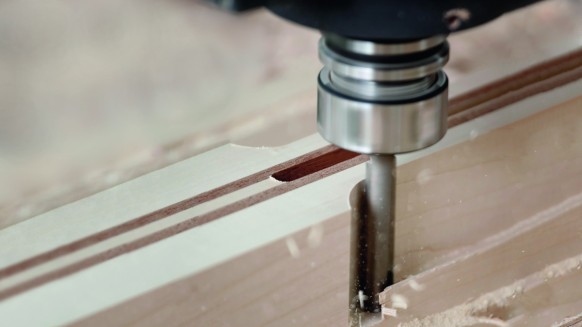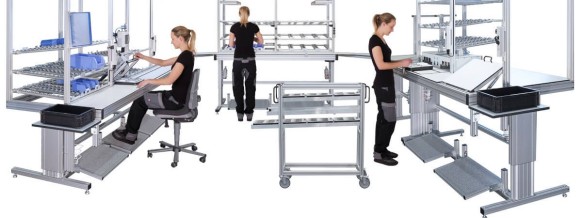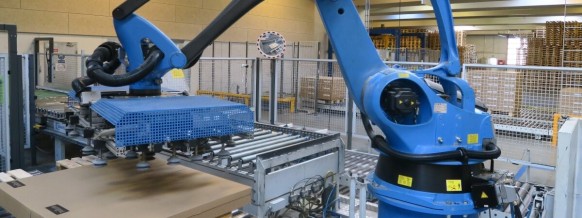A CNC router that uses vacuum is more accurate than a manual machine and ensures consistent product quality.
Vacuum clamps are strategically placed to match the shape and size of the workpiece and do not leave any pressure marks or other damage to the wood. The cutting process is repeatable and precise. CNC routers also increase production speed and efficiency.
Vacuum plays an essential role in CNC processes, as it securely fastens wooden panels during cutting processes and ensures accuracy and consistency.
Benefits of Busch vacuum technology in CNC processes
Cost ReductionReduce your energy costs with our vacuum generators. MINK dry claw vacuum pumps, for example, are the ideal choice for clamping, handling and lifting, and the removal of sawdust.
Thanks to their sophisticated design, they achieve
exceptionally high energy efficiency levels. In comparison to conventional vacuum generators of the same output, our MINK MV series can
reduce overall operating costs by up to 50%.
Comfortable working environmentTransform your CNC workspace with the
optimized sound insulation of our MINK dry claw vacuum pumps, manufactured according to the latest developments in acoustic design.
Thanks to internal silencers and a dynamically balanced impeller of aluminum alloy, our SAMOS side channel blowers are characterized by very low vibration and noise levels.
This makes MINK and SAMOS the optimal choice for handling and lifting applications in the immediate vicinity of CNC workstations.
Increased productivityMaximize your output with vacuum solutions from Busch that are specially designed for dependable industrial vacuum generation.
Our MINK dry claw vacuum pumps, SAMOS side channel blowers and SECO dry-running rotary vane vacuum pumps are characterized by
operational reliability and
minimal maintenance thanks to their
dry operating principle.
Less maintenanceFocus on your CNC process without worrying about frequent servicing tasks.
The
contact-free operating principle of our MINK dry claw vacuum pumps and SAMOS side channel blowers provides the benefit of
nearly maintenance-free operation. None of the internal moving parts come in contact with each other. Components are not subject to wear, and servicing tasks are reduced to a minimum.
The all-in-one solutionOptimize your CNC process by maximizing benefits with a vacuum system.
Usually, each CNC router is connected to one vacuum pump. A
centralized vacuum system efficiently delivers vacuum to various points of use. This eliminates the need for multiple vacuum pumps to maintain the desired vacuum level. By installing fewer vacuum pumps,
energy costs can be decreased by up to 70%. In addition, you can benefit from further
noise reduction by installing the system in a separate room.
Building a system solution is always a joint undertaking. We work together on each step to create a fully operational, sustainable, and custom-fit system. Each solution is reliable, energy-saving, sustainable, and cost-efficient while still complying with location regulations. Contact us to get started!
